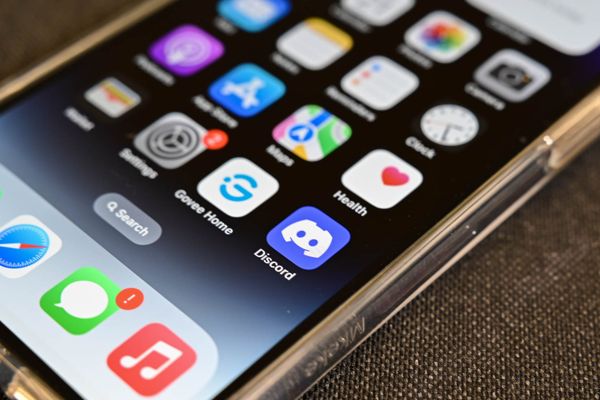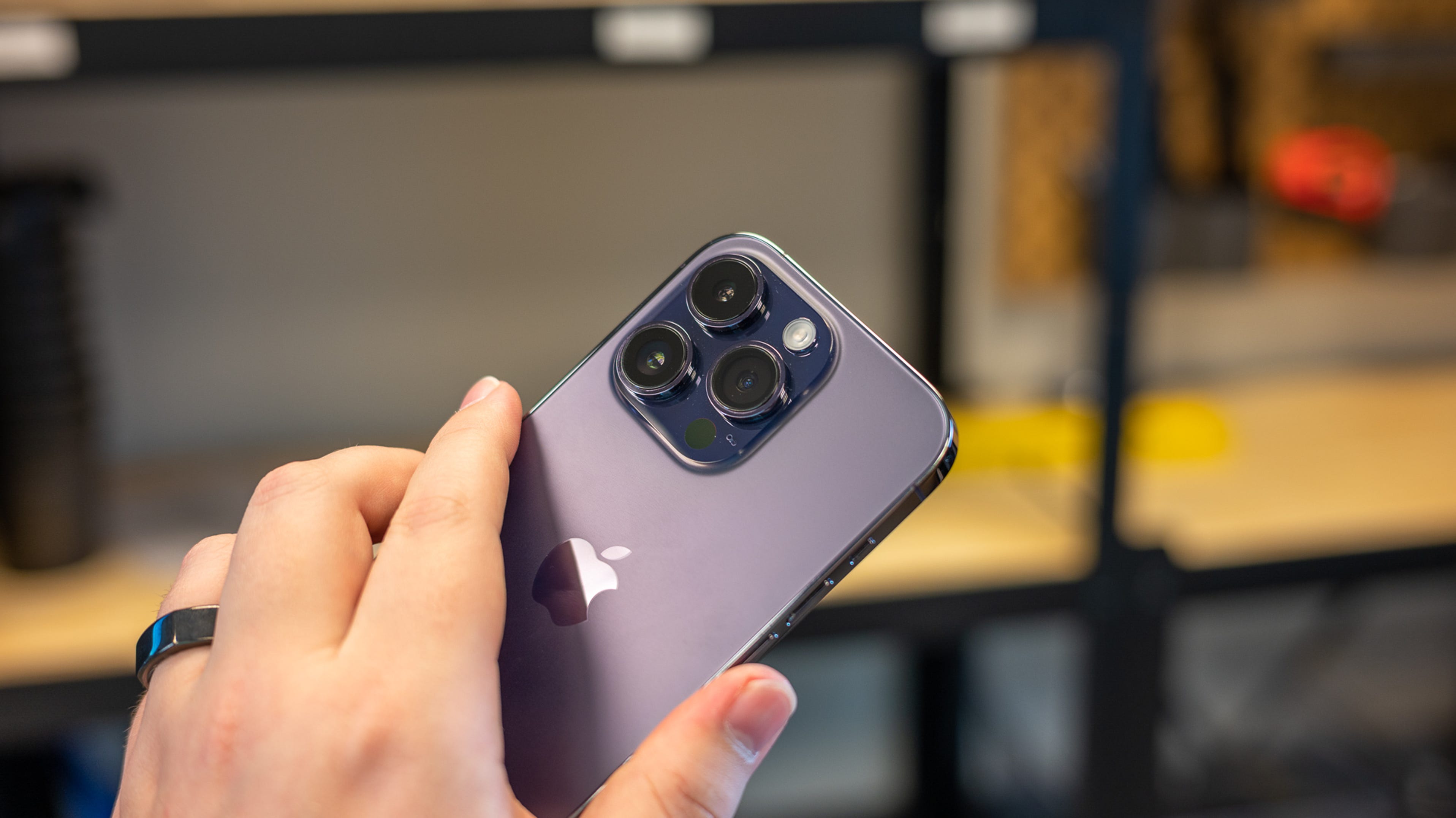
Never Lose a Voicemail Again: Quick Guide for iPhone Users

Discover the effortless way to save and manage your voicemails on your iPhone Our step-by-step guide will show you how to quickly save important voicemails with or without Visual Voicemail Say goodbye to the hassle of traditional voicemail systems and learn how to easily access and store your messages on your iPhone
Open the Phone app and navigate to the Voicemail tab located at the bottom right corner to easily save your important voicemails on your iPhone. Additionally, the Visual Voicemail feature on iPhone eliminates the need for traditional voicemail methods, allowing for easy access and management of your messages. Simply select the desired voicemail, click the Share button, and choose "Save to Files" from the list of options for a hassle-free experience.
To save a voicemail, simply locate the message you want to keep and tap on it. A pop-up window will appear with various options, such as a play button, speaker icon, and phone button. At the top right corner of the screen, you'll find a share button that resembles a box with an arrow pointing outwards. Tap on it to view a list of sharing and saving options for your voicemail.
To save the voicemail locally on your iPhone, select “Save to Files” and then “On My iPhone.” Choose a folder where you want to store the voicemail and hit “Save.”
Voicemails displayed here are stored on your cellular carrier’s servers until you download them.
To save your voicemail for safekeeping, you can use cloud storage services such as iCloud or Google Drive. Simply select the “Save to Files” option from the share menu and choose your preferred storage location.
Alternatively, you can export voicemails to your Mac or iPad using AirDrop. Tap the AirDrop icon from the share menu and select your device. Make sure that your device is set to receive from “Contacts only” to ensure a secure transfer. Your voicemail will be instantly transferred and saved to the Downloads folder on your device.
If your carrier supports Visual Voicemail, you can easily access and save voicemails by opening the Voicemail tab. However, if your carrier requires alternative methods for accessing your messages, this method won't be effective. In such cases, Screen Recording can be a useful workaround for saving and sharing voicemails. It also allows you to capture additional details like caller ID and timestamps, providing more context to your saved messages.
How to Save Voicemails Without Visual Voicemail
To save audio and video messages from apps that don't allow downloading or saving, use this handy tip. By using the Screen Recorder, you can record and save voicemails and video messages. Simply swipe down to access the Control Center and tap on the Screen Recording button. Don't forget to use this trick to never lose important messages again.
Make sure to enable the Screen Recording toggle by going to Settings > Control Center > More Controls and adding it through the green + icon, if it's not already visible. Additionally, don't forget to turn on the microphone in the Screen Recording settings to ensure that your recording includes audio. You can check this by holding the Screen Recording toggle. Finally, open the Phone app, play the voicemail through the speaker, and let Screen Recording capture the audio and visuals.
Once you have completed the process of exporting your voicemails to your iPhone, it is highly recommended to take the additional step of backing them up to a cloud storage service like iCloud or Google Drive. This will enable you to conveniently access your messages from any device, and eliminate any concerns about losing them in the event of an iPhone loss or reset.



















